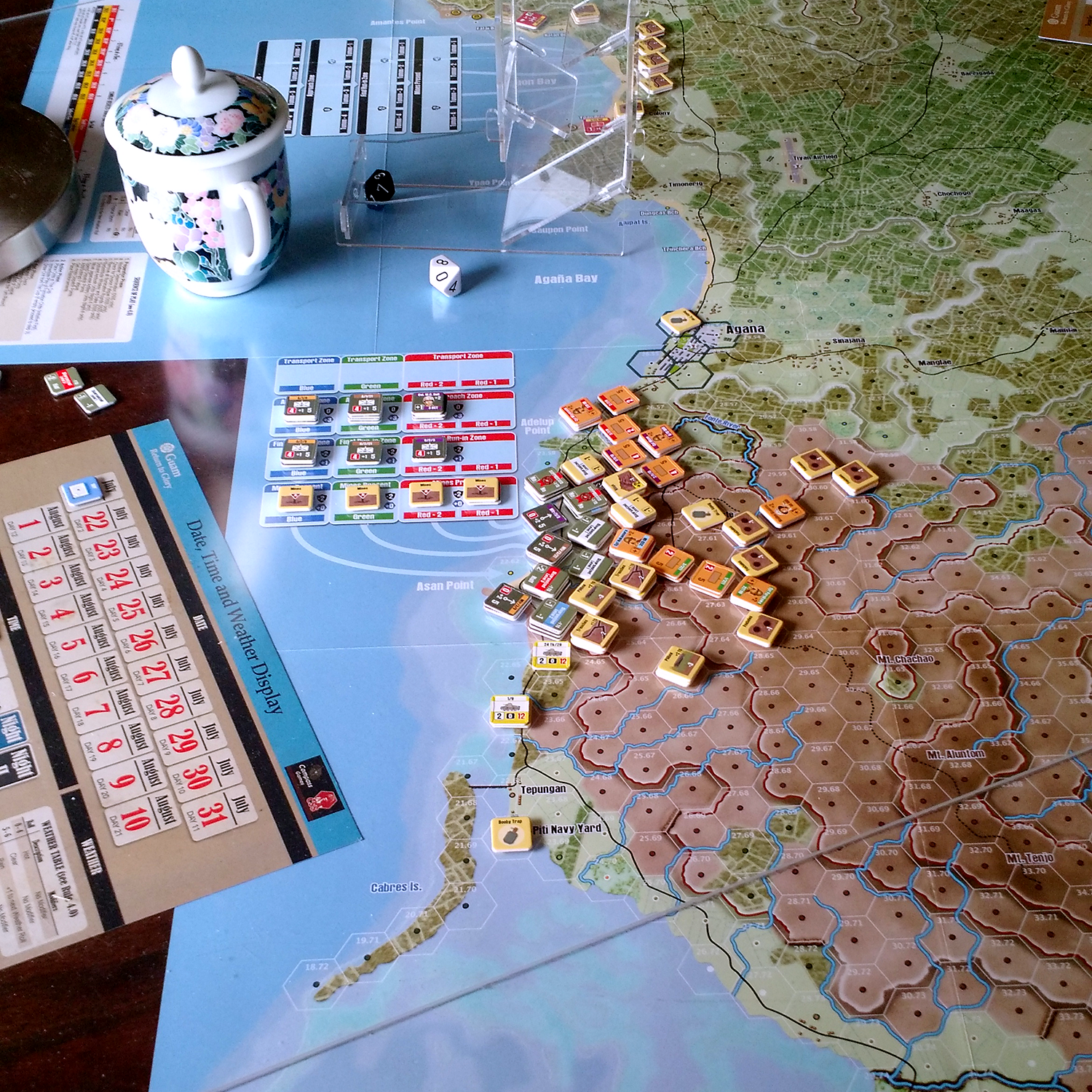I bought my first two tabletop wargames, Third Reich (2nd Ed.) and Luftwaffe, both by Avalon Hill, at a general store in Idaho while on vacation as a 14-year-old. Over the years I have accumulated perhaps 150 such boxed games, and still own more than 100.
Wargames have a millennia-long history, and their development accelerated in the mid-20th century to the present. This story has been covered by multiple authors, and we will be deeply reviewing and comparing their insights. Here at Emelessence, we will occasionally review specific wargame titles, their rules and components. We will examine how wargames are designed and marketed; what their ideal markets and conditions are; cultural challenges and opportunities; and how wargames shape the minds of those who play them. We will also look at the overall commercial wargame industry, and what distinguishes it from computer games, family and leisure games, and fantasy role-playing games.
A key focal point will be the nonlinearity of wargames, and how this distinguishes them from these other game environments. The subjects of what we call "wargames" or "conflict simulations" are not limited to conflicts among nations; they also include business, sports, religious, and cultural scenarios. Our design journal for Spheres & Farms™ models alternative strategies for the historical expansion of a real estate franchise in the Puget Sound region.

